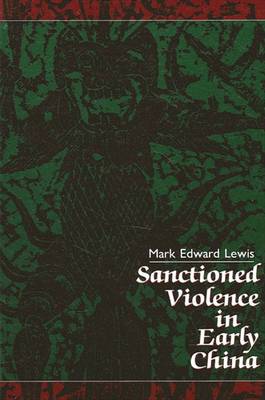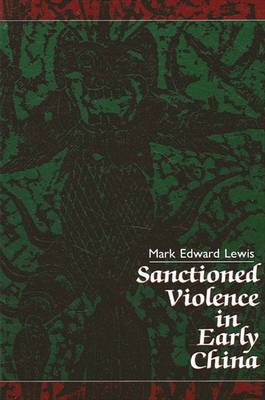
Door een staking bij bpost kan je online bestelling op dit moment iets langer onderweg zijn dan voorzien. Dringend iets nodig? Onze winkels ontvangen jou met open armen!
- Afhalen na 1 uur in een winkel met voorraad
- Gratis thuislevering in België vanaf € 30
- Ruim aanbod met 7 miljoen producten
Door een staking bij bpost kan je online bestelling op dit moment iets langer onderweg zijn dan voorzien. Dringend iets nodig? Onze winkels ontvangen jou met open armen!
- Afhalen na 1 uur in een winkel met voorraad
- Gratis thuislevering in België vanaf € 30
- Ruim aanbod met 7 miljoen producten
Zoeken
Omschrijving
This book provides new insight into the creation of the Chinese empire by examining the changing forms of permitted violence-warfare, hunting, sacrifice, punishments, and vengeance. It analyzes the interlinked evolution of these violent practices to reveal changes in the nature of political authority, in the basic units of social organization, and in the fundamental commitments of the ruling elite. The work offers a new interpretation of the changes that underlay the transformation of the Chinese polity from a league of city states dominated by aristocratic lineages to a unified, territorial state controlled by a supreme autocrat and his agents. In addition, it shows how a new pattern of violence was rationalized and how the Chinese of the period incorporated their ideas about violence into the myths and proto-scientific theories that provided historical and natural prototypes for the imperial state.
Specificaties
Betrokkenen
- Auteur(s):
- Uitgeverij:
Inhoud
- Aantal bladzijden:
- 382
- Taal:
- Engels
- Reeks:
Eigenschappen
- Productcode (EAN):
- 9780791400777
- Verschijningsdatum:
- 15/08/1989
- Uitvoering:
- Paperback
- Formaat:
- Trade paperback (VS)
- Afmetingen:
- 155 mm x 233 mm
- Gewicht:
- 594 g

Alleen bij Standaard Boekhandel
+ 119 punten op je klantenkaart van Standaard Boekhandel
Beoordelingen
We publiceren alleen reviews die voldoen aan de voorwaarden voor reviews. Bekijk onze voorwaarden voor reviews.











